The Hong Kong-born poet Sarah Howe has a lovely voice. People have commented on it so often that she wrote a line about it in her new collection, Foretokens.
“From my teens, well-meaning adults would exclaim, ‘You have a lovely voice!’”…
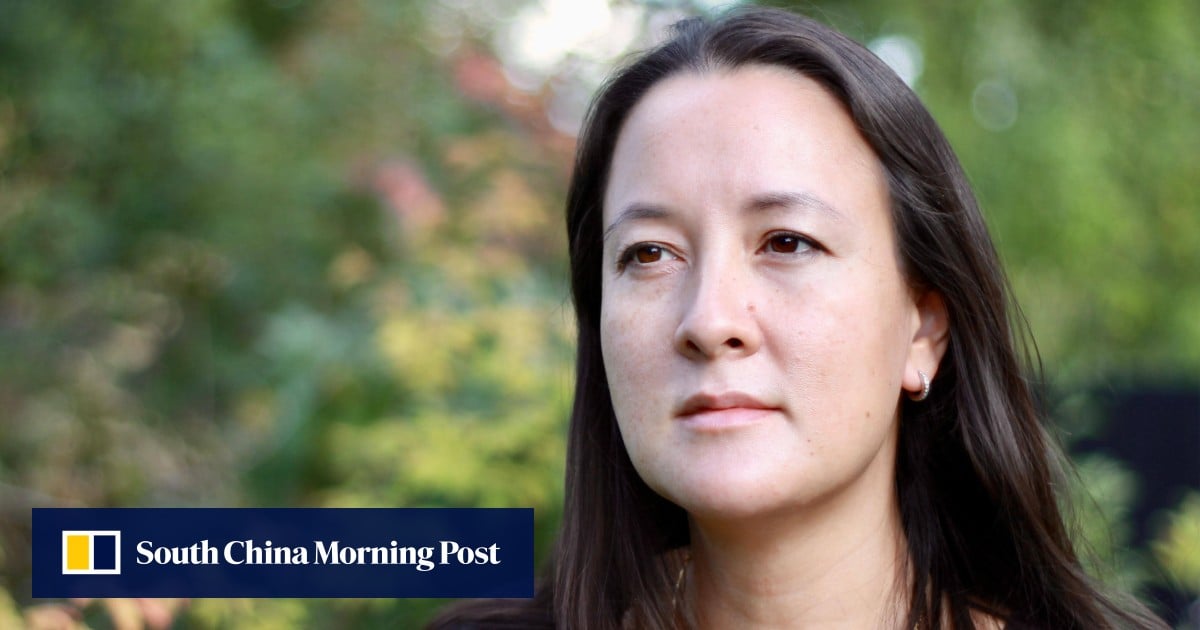
The Hong Kong-born poet Sarah Howe has a lovely voice. People have commented on it so often that she wrote a line about it in her new collection, Foretokens.
“From my teens, well-meaning adults would exclaim, ‘You have a lovely voice!’”…

The Lancet On Sept 4, 2025, DR Congo declared its 16th Ebola virus outbreak. The epicentre of this outbreak occurred in the Kasai province—the first resurgence in this region since 2008.1 Genomic analysis identified an Ebola virus with more…
This request seems a bit unusual, so we need to confirm that you’re human. Please press and hold the button until it turns completely green. Thank you for your cooperation!
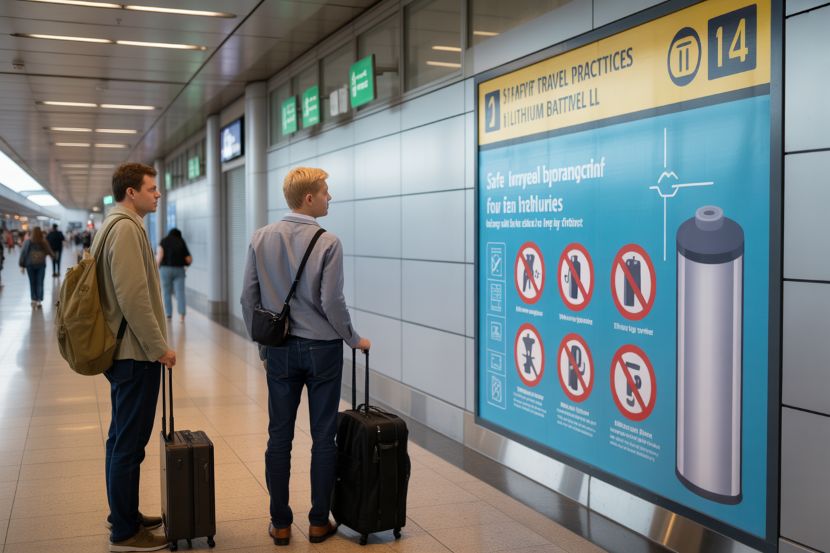
Published on
October 16, 2025
The International Air Transport Association (IATA) has started an extensive global campaign to promote safe travel behaviour when travelling with lithium-powered devices. ‘Travel Smart with Lithium Batteries‘ aims to educate travellers about the safe handling of essential lithium-ion powered electronics such as mobile phones, laptops, cameras, and power banks – increasingly the norm in the travel experience.
With the increasing number of passengers carrying multiple electronic devices, IATA has identified the need for clearer communication regarding the safe packing and handling of lithium batteries. This safety campaign is an essential step in reducing the risks associated with battery-related incidents, such as fires or overheating, while improving awareness of existing airline policies.
As part of the campaign, IATA has issued seven practical rules for safely carrying lithium-powered devices during air travel. The guidelines cover essential safety practices that all travelers should follow to minimise the risk of dangerous incidents.
The rules include packing only the necessary devices, ensuring all lithium-powered items are stored in hand luggage, and preventing short-circuiting of spare batteries by keeping them in their original packaging or covering the terminals with tape. Additionally, passengers are advised to report immediately to crew members if any device starts overheating, smokes, or appears damaged.
For larger batteries exceeding 100 watt-hours, such as those used in drones or certain cameras, passengers are encouraged to consult their airline before flying. The campaign also highlights the importance of following each airline’s specific policies, as local regulations may vary depending on the region or carrier.
IATA’s campaign responds to frequent misconceptions about lithium battery safety. According to recent IATA data, a significant number of travelers misunderstand airline regulations for transporting lithium-powered devices. The findings revealed that while many passengers are familiar with the general rules, a large portion of them still believe they can pack small electronic devices in checked baggage. This misconception is especially common among travelers carrying power banks and other spare batteries, with 45% of respondents incorrectly thinking these can be packed in checked luggage.
The survey also found that 33% of passengers are unaware of the limits placed on battery power capacity. IATA’s efforts are focused on clearing up these misunderstandings and ensuring that travelers comply with safety standards, helping to reduce the risk of accidents involving lithium-powered devices during flights.
The campaign leverages IATA’s broad network, distributing safety materials that airlines, airports, and travel partners can freely use to educate their passengers. These include digital banners, social media templates, and in-flight safety materials, ensuring a consistent message across all platforms. The objective is to reach as many passengers as possible, reinforcing the importance of safe battery transport practices in the air travel industry.
By providing these resources, IATA encourages collaboration among airlines, airports, and regulators, fostering a unified approach to passenger safety. This joint effort is critical as the number of devices per passenger continues to increase, further highlighting the importance of educating travelers on safe packing and handling procedures.
Lithium batteries have become the power source for a variety of electronic devices, thanks to their efficiency and lightweight design. However, if damaged, improperly stored, or exposed to extreme conditions, these batteries can overheat, ignite, or cause fires. While these incidents are rare, their potential risk has led to more stringent regulations and guidelines to ensure passenger safety.
IATA’s Travel Smart with Lithium Batteries campaign reinforces the shared responsibility between travelers, airlines, and regulators in preventing battery-related accidents. This initiative is part of a broader global effort to standardise lithium battery transport rules, coordinated by the International Civil Aviation Organization (ICAO). IATA is working closely with aviation regulators and manufacturers to enhance safety standards and ensure compliance with evolving regulations on the safe handling of lithium batteries.
The Travel Smart with Lithium Batteries campaign represents an important move toward enhancing air travel safety as electronic devices continue to be a staple of modern life. By educating passengers about the simple, yet crucial rules for carrying lithium-powered items, IATA aims to significantly reduce the risk of safety incidents in the air. As the number of devices per passenger grows, this initiative is set to become a vital part of travel preparation, helping ensure that all air travel remains secure and incident-free.
By following these guidelines for safe travel, passengers can assure a seamless journey while helping innovation of aviation safety for all. The IATA campaign is a helpful reminder that with a little extra knowledge and attention to detail, lithium battery safety can become an effortless part of the overall travel experience.

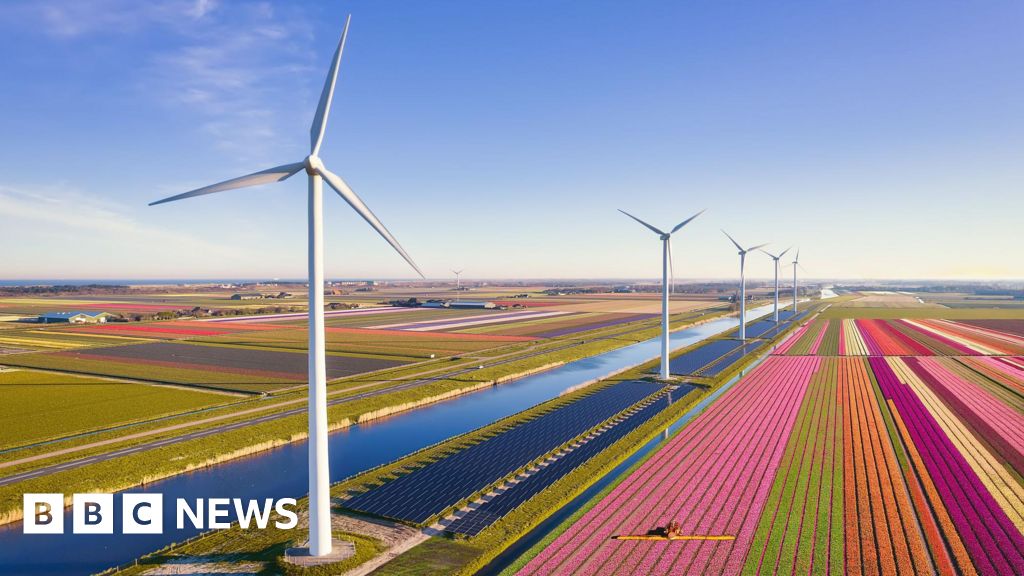
John LaurensonBusiness reporter, Rotterdam
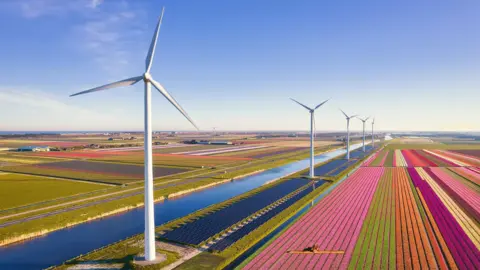 AFP via Getty Images
AFP via Getty ImagesIn a Dutch government TV campaign called “Flip the Switch” an actress warns viewers about their electricity usage.
“When we all use electricity at the same time, our power grid gets overloaded,” she says. “This can cause malfunctions. So, use as little electricity as possible between four and nine.”
It is the sign that, in one of the most-advanced economies in the world, something has gone wrong with the country’s power supply.
The Netherlands has been an enthusiastic adopter of electric cars. It has the highest number of charging points per capita in Europe.
As for electricity production, the Netherlands has replaced gas from its large North Sea reserves with wind and solar.
So much so that it leads the way in Europe for the number of solar panels per person. In fact, more than one third of Dutch homes have solar panels fitted.
The country is also aiming for offshore wind farms to be its biggest source of energy by 2030.
This is all good in environmental terms, but it’s putting the Dutch national electricity grid under enormous stress, and in recent years there have been a number of power cuts.
The problem is “grid congestion”, says Kees-Jan Rameau, chief executive of Dutch energy producer and supplier Eneco, 70% of whose electricity generation is now solar and wind.
“Grid congestion is like a traffic jam on the power grid. It’s caused by either too much power demand in a certain area, or too much power supply put onto the grid, more than the grid can handle.”
He explains that the problem is that the grid “was designed in the days when we had just a few very large, mainly gas-fired power plants”.
“So we built a grid with very big power lines close to those power plants, and increasingly smaller power lines as you got more towards the households.
“Nowadays we’re switching to renewables, and that means there’s a lot of power being injected into the grid in the outskirts of the network where there are only relatively small power lines.”
And these small power lines are struggling to cope with all the electricity coming in from wind turbines and solar panels scattered around the country.
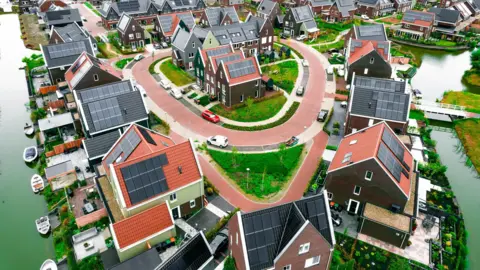 AFP via Getty Images
AFP via Getty ImagesDamien Ernst, professor of electrical engineering at Belgium’s Liege University, is one of Europe’s leading experts on electricity grids. He says it is an expensive problem for the Netherlands to solve.
“They have a grid crisis because they haven’t invested enough in their distribution networks, in their transmission networks, so they are facing bottlenecks everywhere, and it will take years and billions of dollars to solve this.”
Prof Ernst adds that it is a Europe-wide issue. “We have an enormous amount of solar panels being installed, and they are installed at a rate that is much, much too high for the grid to be able to accommodate.”
At Eneco’s headquarters in Rotterdam, Mr Kees-Jan Rameau highlights a large control panel that the company calls its “virtual power plant” and “the brain of our operations”. It is used to help balance the grid, avoiding blackouts.
When electricity generation is too high across the Netherlands, it enables Eneco to turn wind turbines out of the wind and turn off solar panels.
As for when demand for electricity is too high, it lowers the power to customers who have accepted to allow Eneco to stop or reduce their electricity supply when the network is under strain in exchange for lower prices.
But for homes and companies who want to scale-up their use of electricity with a new or larger grid connection, that, increasingly, is just not possible.
“Often consumers want to install a heat pump, or charge their electric vehicle at home, but that requires a much bigger power connection, and increasingly they just cannot get it,” says Mr Kees-Jan Rameau.
He adds that it is worse for businesses. “Often they want to expand their operations, and they just cannot get extra capacity from the grid operators.
And it has got to the point where even new housing construction in the Netherlands is becoming increasingly difficult, because there’s just no capacity to connect those new neighbourhoods to the grid.”
Those people, and companies, end up on waiting lists for a number of years. At the same time there are also waiting lists for those who want to supply the grid with power, such as a new home fitted with solar panels on its roof.
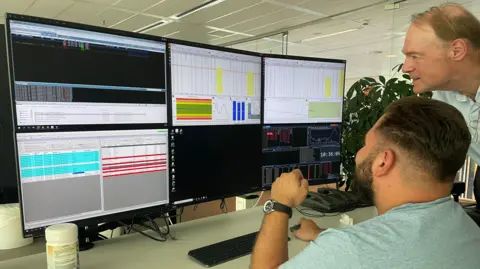
Tennet, the government-owned agency that runs the Netherlands’ national grid, says that 8,000 companies are currently waiting to be able to feed in electricity, while 12,000 others are waiting for permission to use more power.
Some sectors of the Dutch economy are warning that it is hampering their growth. “Grid congestion is putting the future of the Dutch chemical industry at risk… while in other countries it will be easier to invest,” says the President of the Dutch Chemical Association Nienke Homan.
So, was all this avoidable? “In hindsight I think almost every problem is avoidable,” says Mr Kees-Jan Rameau.
He adds that following the 2015 Paris Agreement on trying to tackle climate change, “we were very much focussing on increasing the renewable power generation side. But we kind of underestimated the impact it would have on the power grid.”
Tennet is now planning to spend €200bn ($235bn; £174bn) on reinforcing the grid, including laying some 100,000km (62,000 miles) of new cables between now and 2050.
That’s a huge amount of money, but there is also a big cost to not spending it. Grid congestion is costing the Dutch economy up to €35bn a year, according to a 2024 report from management consultancy group Boston Consulting Group.
Eugene Beijings, who is in charge of grid congestion with Tennet, says that patience is sadly required. “To strengthen and reinforce the grid, we need to double, triple, sometimes increase tenfold the capacity of the existing grid.
“And it’s taking on average about 10 years to do a project like that before it goes live, of which the first eight are legislation and getting the rights to put cables in the ground with all property owners. And only the last two years are the construction period.
“And meanwhile the energy transition is going that fast that we cannot cope with it, with the existing grid. So every additional request [to connect] is adding to the waiting list.”
 Zet ook de knop om
Zet ook de knop omAt the Dutch energy ministry, which is actually called the Ministry for Climate Policy and Green Growth, the Minister Sophie Hermans wasn’t available for an interview. But her office gave a statement:
“In hindsight, the speed at which our electricity consumption has grown might have been collectively underestimated in the past by all parties involved. It is also hard to predict where the growth will occur first, as this results from individual companies/sectors and households.”
As for solutions, the ministry says it has a “National Grid Congestion Action Plan” focussed on adjusting legislation so grid expansion permits can be granted more quickly.
It is encouraging people to make better use of the existing grid with, for example, its Flip the Switch campaign.
And the financial incentive for people who feed their surplus solar electricity into the grid is being reduced to almost nothing. In some cases, people will even have to pay to feed solar power into the grid.
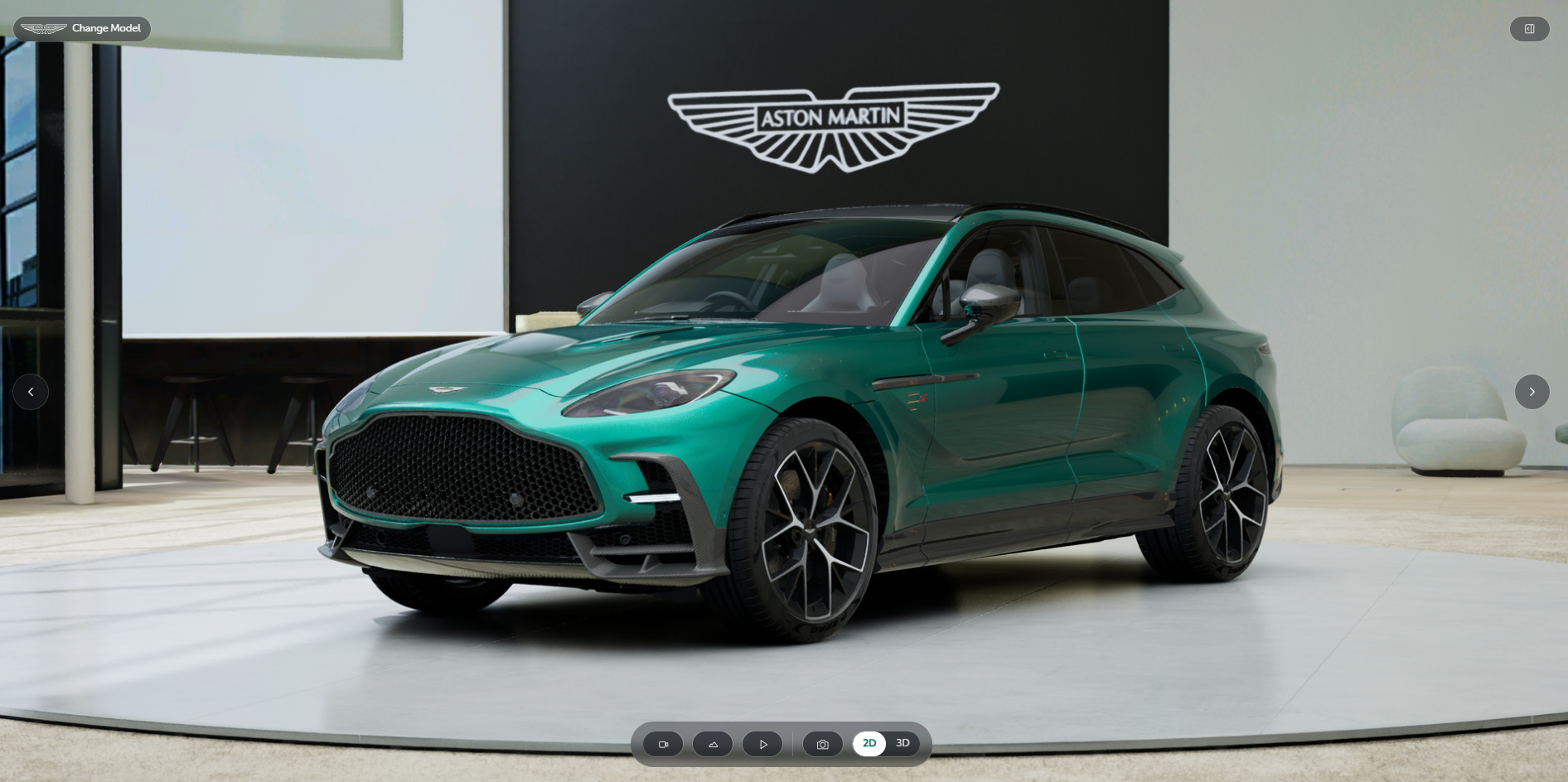
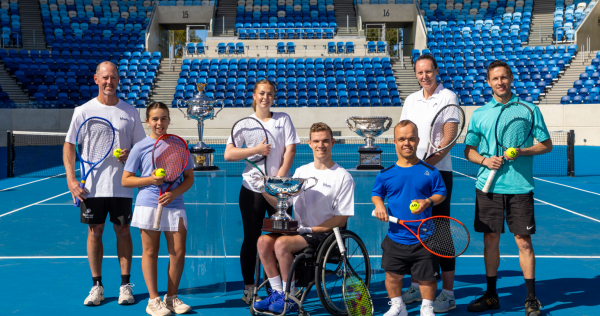
Bupa is also proud to be the Presenting Partner of the inaugural All Abilities Week, taking place from 20 to 26 October 2025. The week celebrates inclusive tennis for people with disability and highlights the coaches, clubs and communities championing accessible and inclusive tennis across Australia.
“All Abilities week is a powerful way to kick off our partnership with Bupa. This great initiative will help to boost participation, raise awareness and reinforce our shared commitment to health and inclusion, both on and off the court,” Cornelis said.
Research shows tennis can deliver a boost to physical, mental and social wellbeing in one hit. Regular play may also support weight management and help reduce high blood pressure, stroke, diabetes and some cancers.
One study found people who played tennis lived longer than those who jogged, cycled or did calisthenics while another showed playing just three hours a week could halve the risk of heart disease.
All Abilities Day on Tuesday 27 January will showcase many of tennis’ disability pathways across the precinct including wheelchair tennis, blind and low vision tennis, parastanding tennis, intellectual disabilities and autism tennis, and deaf and hard of hearing tennis.
Mr Stone said Bupa’s partnership with the Australian Open built on Bupa’s ongoing support of inclusive sport, complementing existing partnerships with Paralympics Australia and Disability Sports Australia.
“The Australian Open is already one of the world’s most accessible events and we’re thrilled to be playing our part in helping ensure all Australians have the opportunity to experience and enjoy tennis,” he said.
During the Australian Open, Bupa customers will have access to two-for-one Ground Passes Monday to Friday during Opening Week and week two of the tournament, which includes All Abilities Day on Tuesday 27 January 2026.
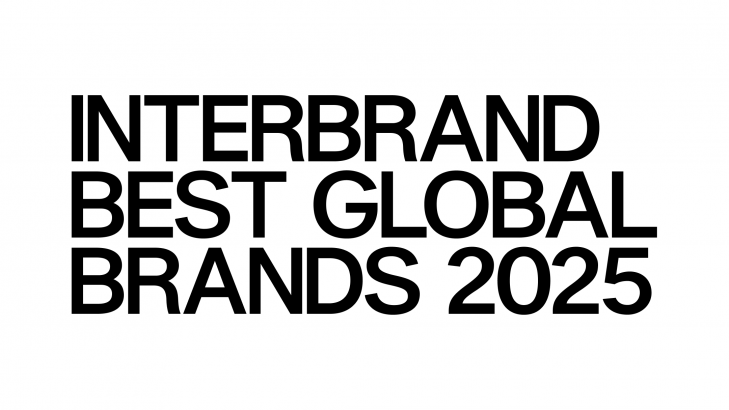
Samsung Electronics today announced it has been recognised by Interbrand, a global brand consultancy, as the 5th-ranked global brand for the sixth year in a row. Interbrand releases its list of “Best Global Brands” each year. For this year’s list, Samsung recorded a brand value of $90.5 billion, upholding its position as the only Asian company to remain in the global top five since 2020.
According to Interbrand, Samsung Electronics’ evaluation was positively influenced by:
“Through AI innovation and open collaboration, Samsung has worked to ensure that more customers can experience AI in their daily lives,” said Won-Jin Lee, President and Head of Global Marketing Office at Samsung Electronics. “Moving forward, we will continue to focus on benefits for customers including in health and safety so that Samsung can grow into an even more beloved brand.”
Under the vision of “Innovation for All,” Samsung consistently strives to make AI accessible to more customers worldwide.
This year, Samsung reinforced its leadership in mobile AI with the continued advancement of Galaxy AI, aiming to make it available on 400 million devices within the year driving the democratisation of AI. In Consumer Electronics (CE), Samsung has expanded AI competitiveness by introducing AI technologies tailored to each product category, such as Vision AI and Bespoke AI.
Through open collaboration with diverse partners, Samsung has enhanced personalized AI experiences for customers, while also providing industry-leading security with Samsung Knox.
Beyond AI, Samsung continues to enhance the accessibility of its products and services and drive sustainable innovation across all business divisions. This includes energy savings through energy-efficient appliances connected via SmartThings.
Mobile
Networks
Visual Display
Digital Appliances
Semiconductor
Interbrand’s Best Global Brands are ranked based on brand value evaluation, which involves a comprehensive analysis of the company’s financial performance and outlook, the influence of the brand on customer purchases, and brand competitiveness (including strategy, empathy, differentiation, customer engagement, consistency, trust, and more). The ranking is one of the world’s longest-standing brand value evaluations, widely recognised for its credibility.
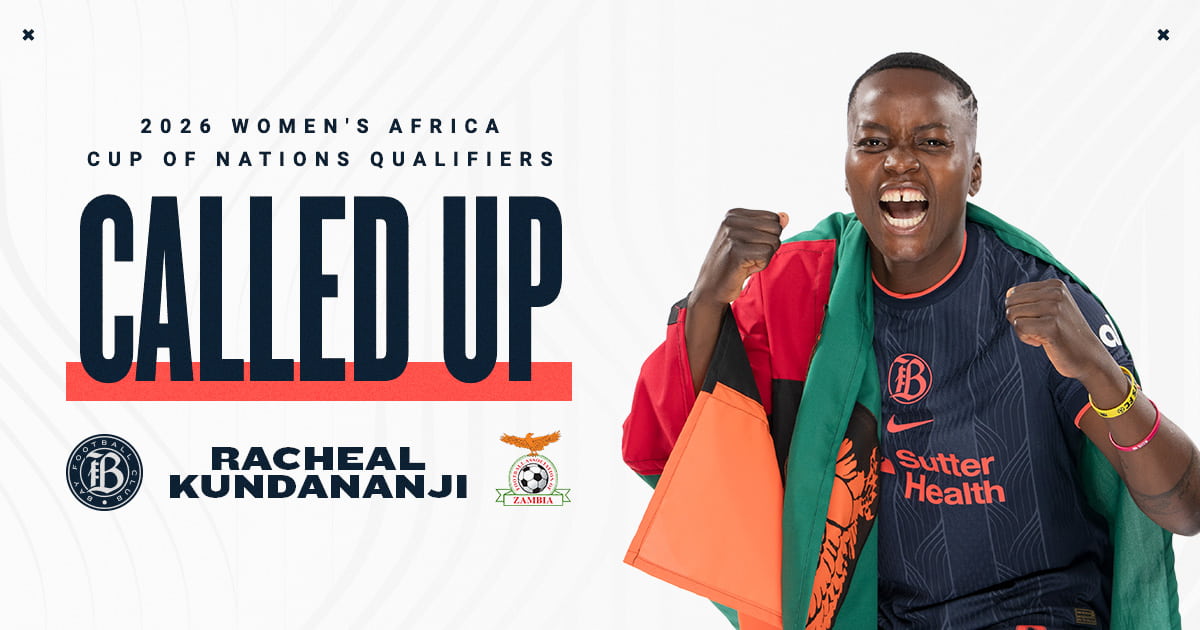
SAN JOSE, Calif. (Oct. 15, 2025) – The Football Association of Zambia has announced that Bay FC forward Racheal Kundananji will join the Zambia Women’s National Team during the upcoming October international window. Kundananji will join her…
Kirkland & Ellis is advising a consortium including Artificial Intelligence Infrastructure Partnership (AIP), MGX, and BlackRock’s Global Infrastructure Partners (GIP), which today announced they will acquire 100% of the equity in Aligned Data Centers from private infrastructure funds managed by Macquarie Asset Management and its co-invest partners. The transaction will fuel the expansion of next-generation cloud and AI infrastructure and implies an Aligned enterprise value of approximately $40 billion.
AIP was founded by BlackRock, GIP, a part of BlackRock, MGX, Microsoft, and NVIDIA to expand capacity of AI infrastructure and help shape the future of AI-driven economic growth. Its financial anchor investors include the Kuwait Investment Authority and Temasek. In less than a decade, Aligned has evolved into one of the largest and fastest growing data center companies globally.
The transaction, which is expected to close in the first half of 2026, subject to regulatory approvals and customary closing conditions, is AIP’s first investment and an important step towards its initial target of mobilizing and deploying $30 billion of equity capital, with the potential of reaching $100 billion including debt.
Read more in the consortium’s press release